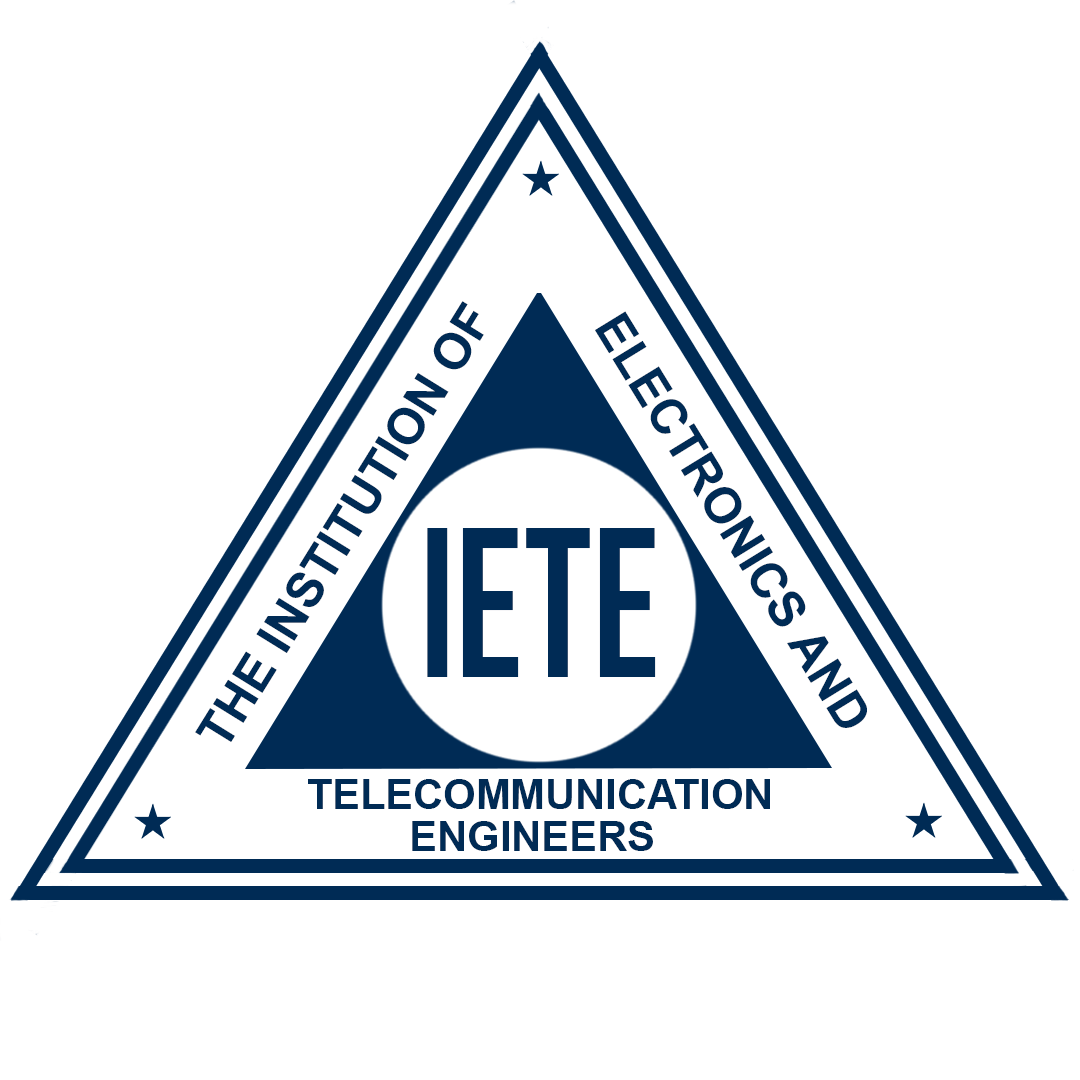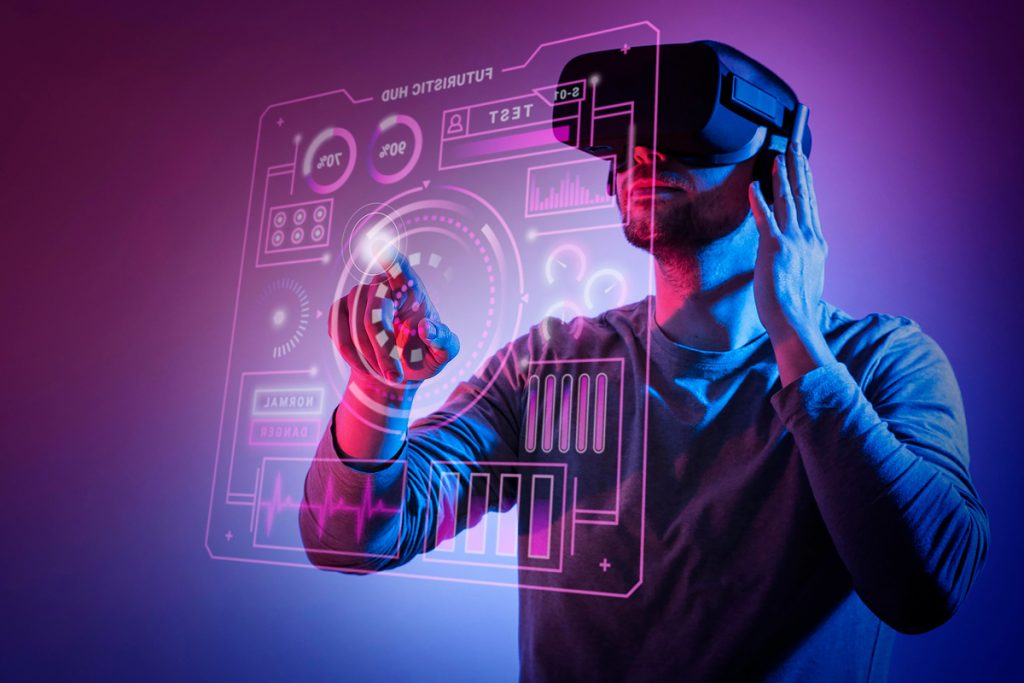


Written by - Saron Mukti Ekka
Uploaded on - 12/06/2022
Imagine being able to create your perfect model of anything that exists in the real world, in a virtual world where you are in control of every aspect. You can do whatever you want and probably have unlimited options. Such scenes were often depicted in the films of science fiction films or series.
The Metaverse is therefore a combination of virtual, augmented, and physical reality, capable of changing the world. Because it allows people to go places they could never go and explore things they could never see. Access to 3D virtual spaces, solutions and user-created environments. People can work, trade, play and create here. It uses advanced virtualization and technologies (AR, VR, Haptic sensors, etc.) to fully immerse the user in the virtual world.
Cryptocurrencies enhance users' ability to exchange value for work and play in a 3D digital world. Using blockchain technology, it is possible to establish and protect the ownership of virtual spaces. So Crypto may one day encourage people to work in the metaverse. More and more companies are moving their offices online, increasing meta-related activity.
AR works with three basic techniques: real-time interaction, 3D visualization and connecting real and virtual environments. AR can be used on any device with a camera, which is why it is preferred over VR applications. Their acceptance rate is high. Consumers don't need additional clothing to get AR assistance
With VR, users can experience the same physical sensations. Here, additional equipment is required, such as a head-mounted display or a multi-modal projection screen. The combination of AR and VR is better known as augmented reality (XR).
With the help of AI engines, we can create avatars that look realistic and accurate, using 2D image analysis and 3D scanners. In addition, to develop the digital humans we create, AI can also be used to create facial expressions, hair extensions, costumes, and other features that will be used in VR games. Through artificial intelligence, NPCs (non-player characters) can interact with people in a 3D environment and converse with users or perform other tasks.
One of the challenges of metaverse is to create a digital environment that feels as close as possible to our real world. Using 3D reconstruction, it can create realistic and natural-looking environments. With specialized 3D cameras, we can bring our world online by providing accurate 3D photographic models of buildings, scenes and objects. 3D location data and 4K HD images and then transmitted to computers to process and create a virtual image in the metaverse for users to experience. These virtual representations of physical objects can also be called digital twins.
IoT is a system that captures everything in our physical world and connects it to the Internet through sensors and devices. These gadgets will have a unique identifier and the ability to automatically send and receive information when connected to the Internet. Metaverse IoT applications are designed to collect and distribute data from the physical world. This will make digital presentations more accurate.
Since Metaverse is a leading technology brand, the entire industry is jumping to its horizon, leading to significant growth in Metaverse projects. Here are the best Metaverse projects -
Decentraland is a decentralized game-based Metaverse project to help real world and global users create, test and trade non-fungible NFT tokens. It allows users to buy land in the world, manage live events, play games and perform other fun activities that are possible in the real world.
Upland is a blockchain-powered Metaverse project designed to support buying, selling and virtual real estate from real-world addresses. Properties on this platform represent NFTs that users can own to become “digital landowners” and trade these NFTs for profit in UPX coins.
Enjin is a Metaverse project built and run on the Ethereum blockchain that supports the building of markets in its domain. The platform does not set a bar between project types and allows developers to build a market space from games to retail, marketing and e-commerce. Enjin can be described in a few simple steps — acquiring, mining, playing, trading and smelting.
The Metaverse may overtake scientific research in a few years, especially in healthcare, aerospace, manufacturing, and a host of other fields.
For example, pharmaceutical experts can simulate the molecular structure of a vaccine in 3D and then meet project participants in a VR environment. Metaverse can quickly track authorization, improve error detection, and increase success rates.
The Metaverse could be a digital space where we all "live" like social media does today. It will determine people's friendships, relationships, and flexibility, and can allow people from all over the world to meet face-to-face without having to travel.
Like all emerging technologies, Metaverse faces potential challenges, and with that in mind, let's look at those limitations.
The future in the metaverse looks bright. It's not a science fiction term anymore. Activities that currently occur in the real world may eventually occur in the metaverse in large quantities, such as: